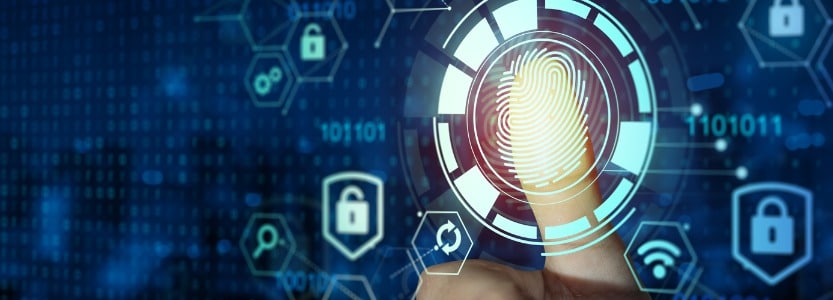Biometric attendance monitoring: saving time and improving accuracy
Updated 21st October 2022 | 3 min read Published 19th October 2022

The bread and butter of monitoring attendance: the student register.
With schools having a statutory obligation to take attendance, it’s no surprise that the lesson register features as a critical piece of daily admin.
However, while being an essential task – not only from an attendance perspective but also with safeguarding vulnerable students – many schools and MATs face hurdles with their processes.
Flaws with traditional processes
Whether teachers are calling students by name to take attendance or scanning the classroom, both paper and digital registers alike are slow.
The beginning of lessons in secondary schools can be hectic; students arrive from different locations and thus at different times, making the traditional lesson register challenging as you’re trying to settle students and get them on task.
Those few minutes at the start of every class ultimately put a blocker on progressing ahead with the day’s lesson plan, which becomes increasingly problematic in classes with behavioural challenges.
Whether it’s disruptive tomfoolery or more serious matters, such as a fight, a lull at the start of any class is the last thing teachers need.
So, what’s the alternative?
Biometric attendance monitoring
In essence, biometric attendance monitoring enables students to sign into a class upon entering with either their fingerprint or key card, eliminating the need for a register to be taken.
More data at your fingertips
For attendance managers, chasing up registers and attendance, especially for vulnerable students, is the bane of their day-to-day.
With biometric attendance monitoring, the system connects directly to your Management Information System (MIS), automating the data input and providing real-time information on attendance levels and unauthorised absences.
The importance of good quality and accurate lesson-register data is further emphasised as Ofsted takes attendance into account when grading behaviour/attitudes and leadership/management – learn more here.
Get time back
While five minutes at the start of every lesson to take the register may not appear to be an enormous sacrifice, these continuous, little setbacks add up to quite a lot of wasted time at the end of each school day.
This inefficiency is highly concerning; time is one thing teachers can’t afford to waste, especially when you consider that 44% of teachers plan to quit within five years due to unmanageable workloads and stress.
Marginal gains are key! Removing the manual register at the start of every lesson not only provides more time for teaching but also significantly minimises the chances of disruption.
Improved safeguarding
A BBC article from earlier this year stated that 1.8 million students missed at least 10% of school in the previous Autumn term.
Knowing if your vulnerable students are attending class is vital to ensuring effective safeguarding.
Simply put, errors and delays are something you can’t afford.
Using biometric systems means teachers and attendance managers have real-time insights into which students are attending which classes, enabling action to be taken far quicker if vulnerable students are absent.
Avoiding registration headaches
With every second in the classroom proving vital to shaping the future generation, streamlining processes where possible must be a priority.
By modernising your tech stack, not only are you easing the day-to-day of staff, but overall, improving the experience of students.
For information on our biometric attendance monitoring platform, BioStore, click here.
More content: we just released our new mental health guide, detailing how you can become a mental health advocate and make a real difference in the lives of young people – download the free guide here.



